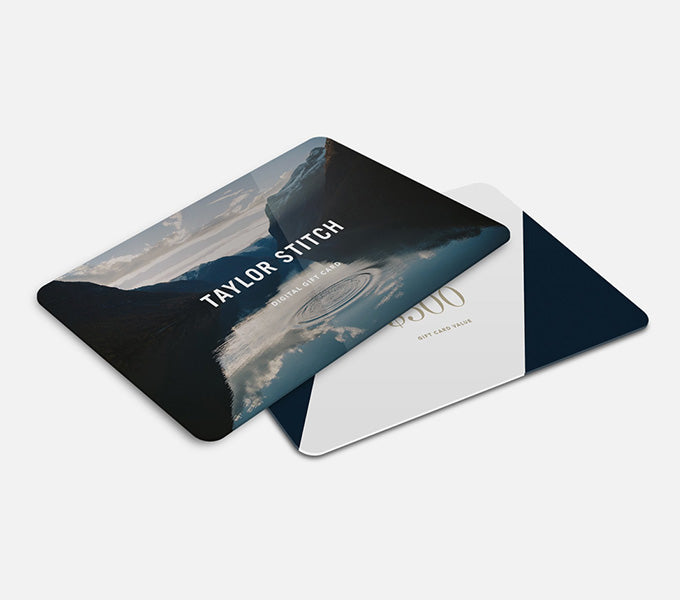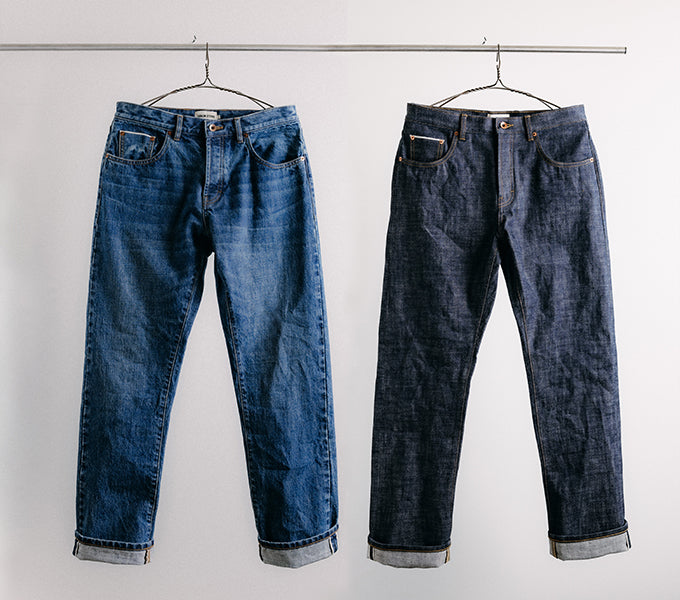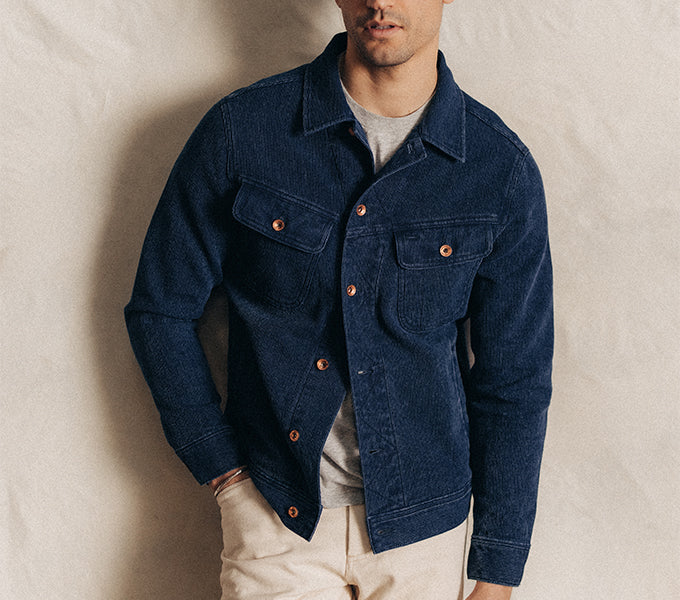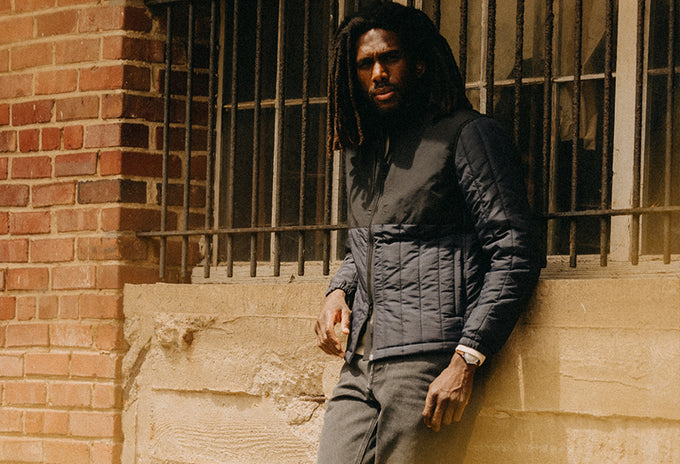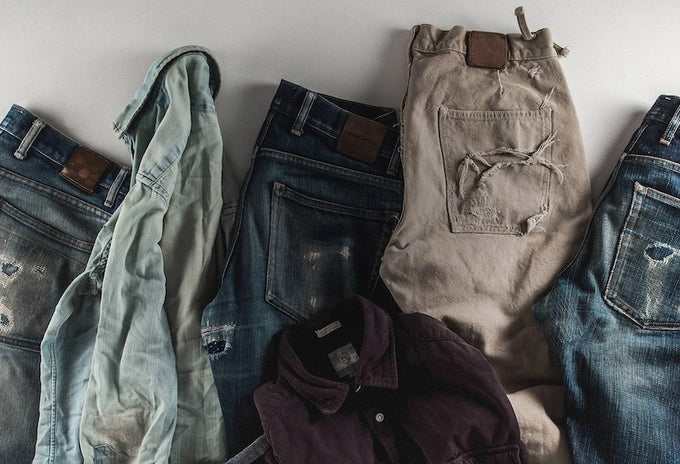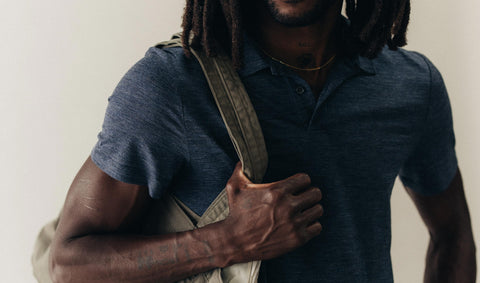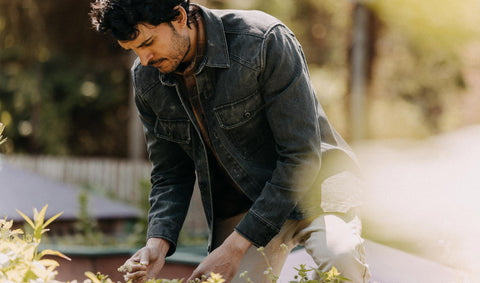We know, we know: it’s not cashmere, but hear us out.
A big part of making amazing products is learning everything there is to know about materials, technologies, farms, factories, etc. We spend a lot of our time on research, because when we’re designing something new, or reimagining a staple, we want it to be the best it can be. We want it to exceed the expectations of our customers, to be something they’re excited to wear every day and, ideally, something with a story that they’re proud to be a part of. This approach is why our Lodge Sweater is made with baby yak wool.

First of all, for those of you worried about the texture, rest assured: baby yak wool, which is woven from a plush underlayer of fur that yaks grow in the winter to protect against the fearsome Himalayan chill (which sometimes plunges as low as -40˚F), is incredibly soft and fine—18 microns for you fiberheads out there. Yak wool fibers are hollow, which allows them to retain heat and provide a high warmth-to-weight ratio. Additionally, despite its similarly luxurious hand and light weight, baby yak wool is more durable than cashmere—and if you know us, you know how big a selling point that is.

Of course, at the heart of it all is our commitment to holding ourselves to a higher standard when it comes to how our business impacts the planet. As widespread demand for cashmere continues to grow, overbreeding and overgrazing are on the rise. Throughout China and Mongolia, grasslands inhabited by cashmere goats are rapidly turning into deserts.
We didn’t want to be a part of the problem, so we sought out an alternative. Yaks have been bred by nomadic herding families in high-altitude, low-population regions of Asia for millennia. Because they require very little food to survive and aren’t confined to small plots of land, their impact on the environment is negligible. When temperatures rise in the springtime, they begin to shed the ultrafine fibers of their undercoat—which are then woven into baby yak wool— and then they go about their business, doing all manner of yak things (yaktivities, if you prefer) until next shedding season. The end result: an incredibly soft, warm, and durable sweater that you’ll feel good in—and good about.
Interested to learn more about our other fabrics? Check out the rest of our Fabric Stories:

